Best Seasons for Foundation Repairs
Foundation repairs are most effective when performed under suitable weather conditions. The ideal time varies depending on climate and soil type, but generally, moderate temperatures and dry conditions facilitate better curing and installation processes. Repair projects during seasons with consistent weather help prevent delays caused by rain or extreme cold.
Spring offers mild temperatures and longer daylight hours, making it a popular season for foundation work. However, early spring can be wet, which may require additional precautions.
Summer provides warm, dry weather conducive to foundation repairs. Care should be taken to avoid extreme heat that can affect curing times.
Fall is suitable due to cooler temperatures and less precipitation, but early frost can pose challenges in colder regions.
Winter is generally less ideal due to freezing temperatures and snow, which can hinder excavation and curing processes.

A crew performing foundation stabilization in mild spring weather.

Foundation reinforcement during warm, dry summer days.
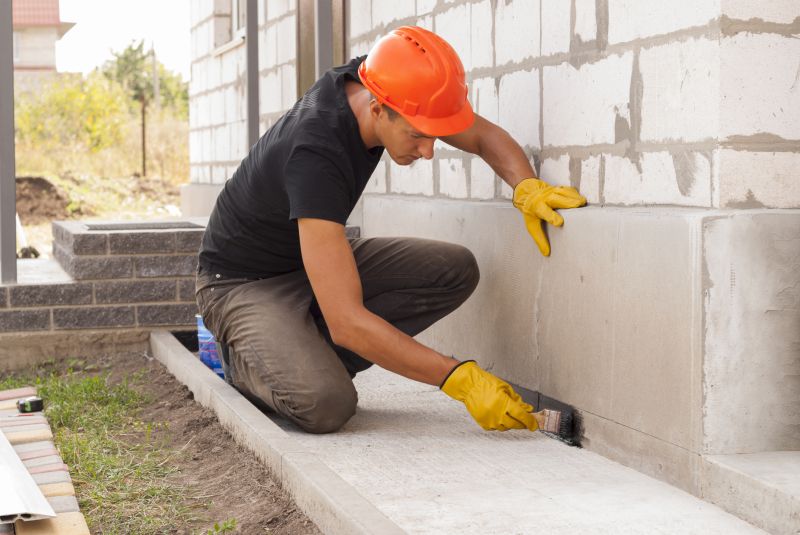
Inspecting and repairing foundations in autumn conditions.
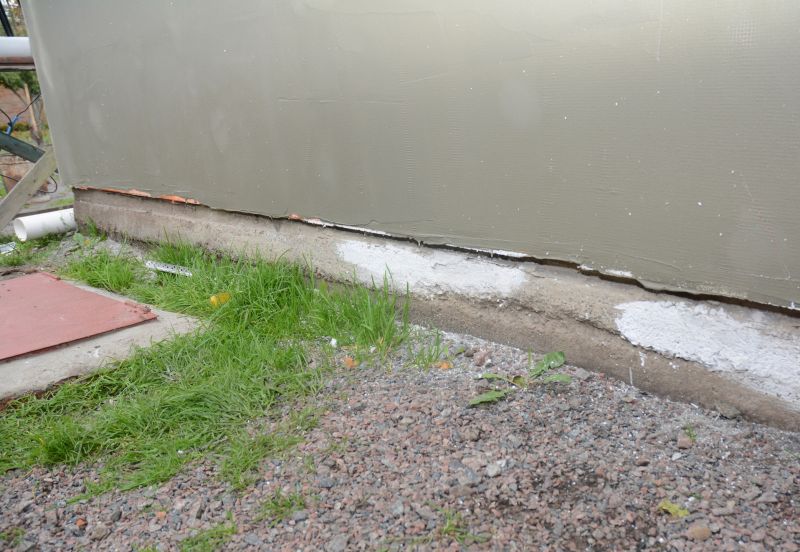
Ways to make Foundation Repairs work in tight or awkward layouts.
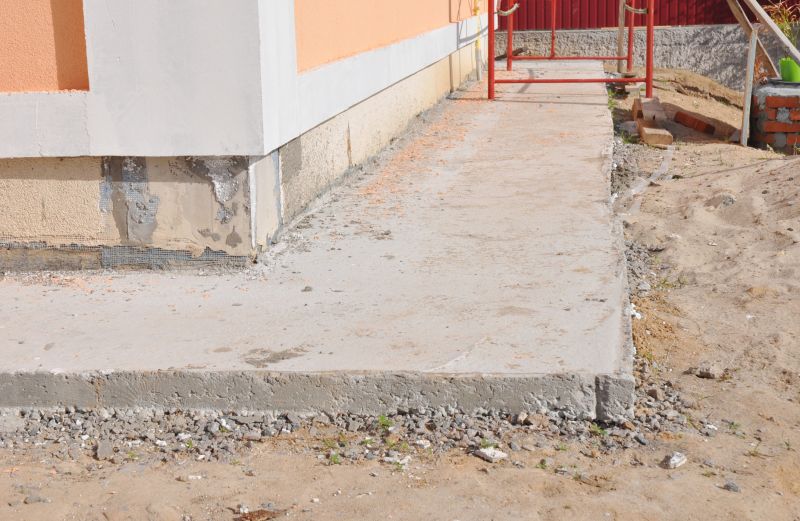
Popular materials for Foundation Repairs and why they hold up over time.
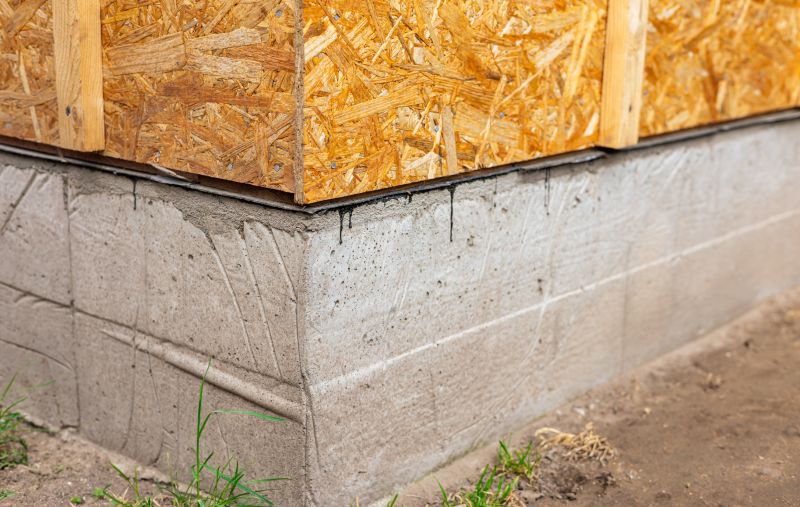
Simple add-ons that improve Foundation Repairs without blowing the budget.

High-end options that actually feel worth it for Foundation Repairs.

Finishes and colors that play nicely with Foundation Repairs.
| Season | Ideal Conditions |
|---|---|
| Spring | Mild temperatures, longer days, possible rain |
| Summer | Warm, dry weather, longer daylight |
| Fall | Cooler temperatures, less rain, early frost risk |
| Winter | Freezing temperatures, snow, limited accessibility |
Foundation repairs involve addressing issues such as settling, cracking, or shifting that compromise structural integrity. These repairs often include underpinning, piering, or stabilization techniques to restore stability. The success of these procedures depends heavily on weather conditions, soil moisture levels, and proper curing. Timely repairs can prevent further damage, reduce long-term costs, and maintain property value. According to industry statistics, early intervention can reduce repair costs by up to 50% and extend the lifespan of the foundation.
Understanding the optimal timing for foundation repairs can lead to better outcomes and fewer complications. Repair projects performed during favorable weather conditions tend to have higher success rates, shorter durations, and lower risks of delays. It is important to monitor local weather patterns and soil conditions to determine the most suitable time for undertaking foundation work.

A team performing underpinning work on a residential foundation.
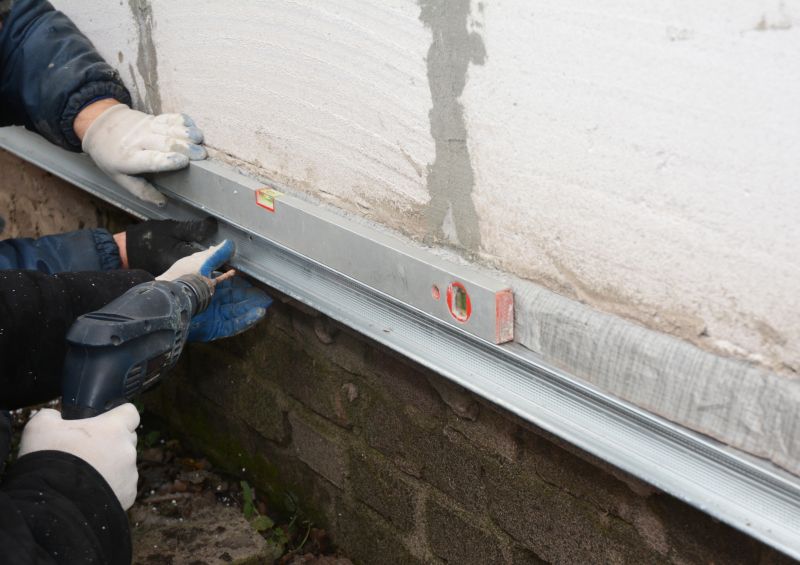
Applying soil stabilization methods to support foundation integrity.
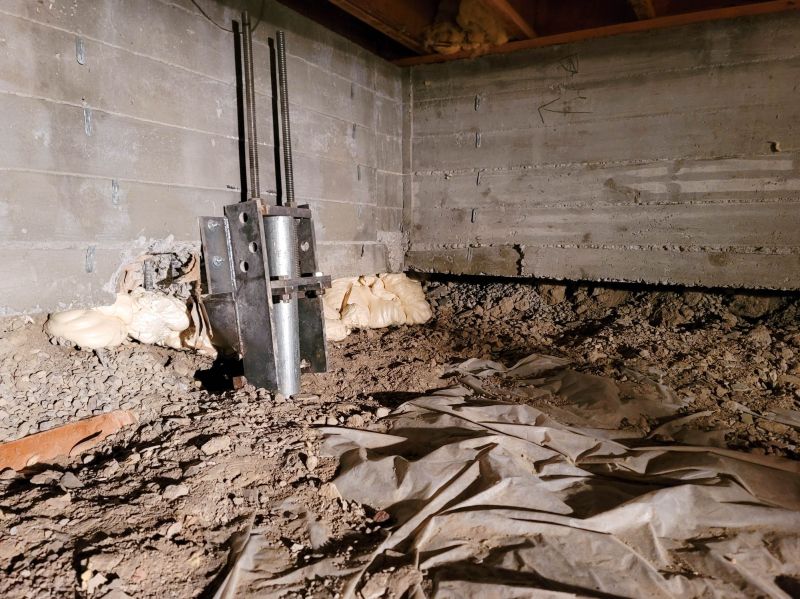
Installing piers to lift and stabilize a settling foundation.
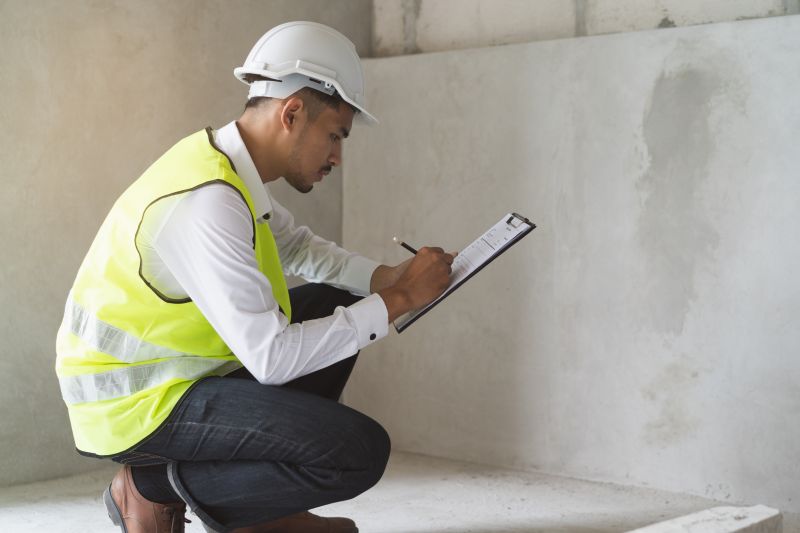
Conducting a detailed foundation inspection before repairs.

Little measurements that prevent headaches on Foundation Repairs day.
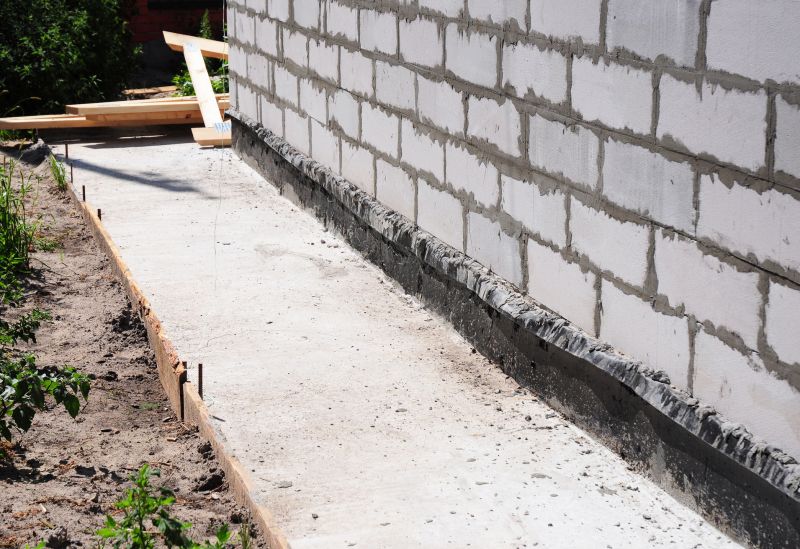
A 60-second routine that keeps Foundation Repairs looking new.
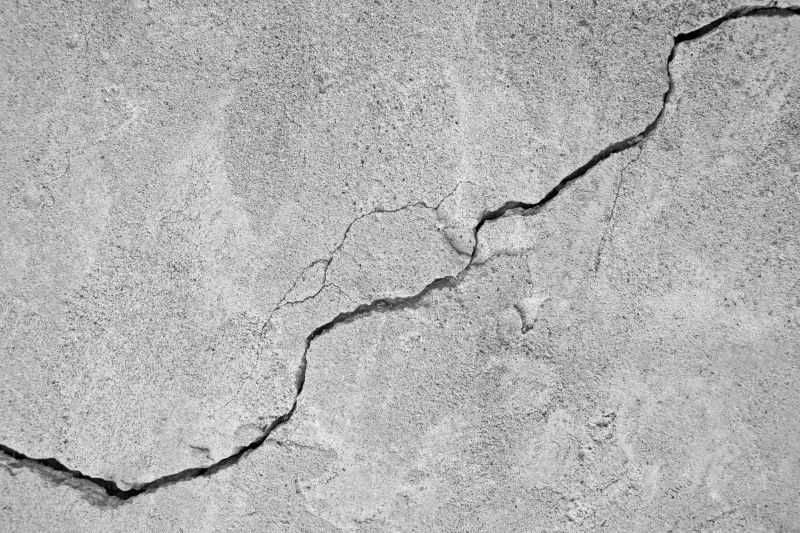
A frequent mistake in Foundation Repairs and how to dodge it.

Small tweaks to make Foundation Repairs safer and easier to use.
Interested property owners in Festus, MO, can contact professionals to assess foundation conditions and determine the best time for repairs. Proper scheduling and timely intervention can help preserve the structural integrity of the property and prevent costly future repairs.

